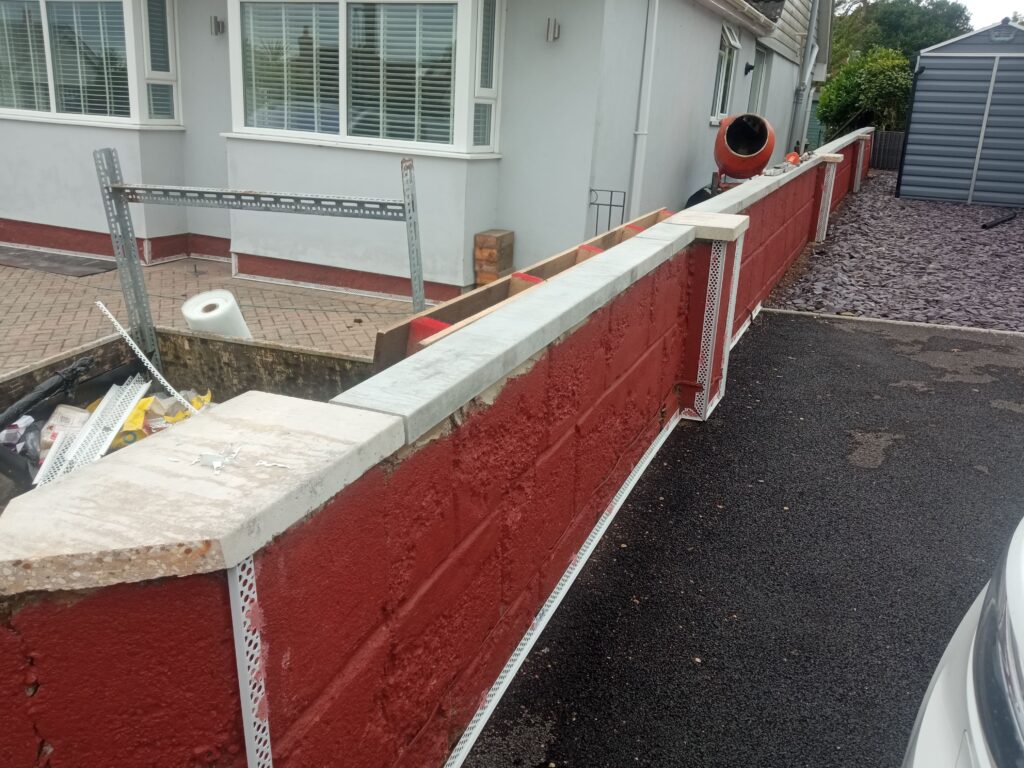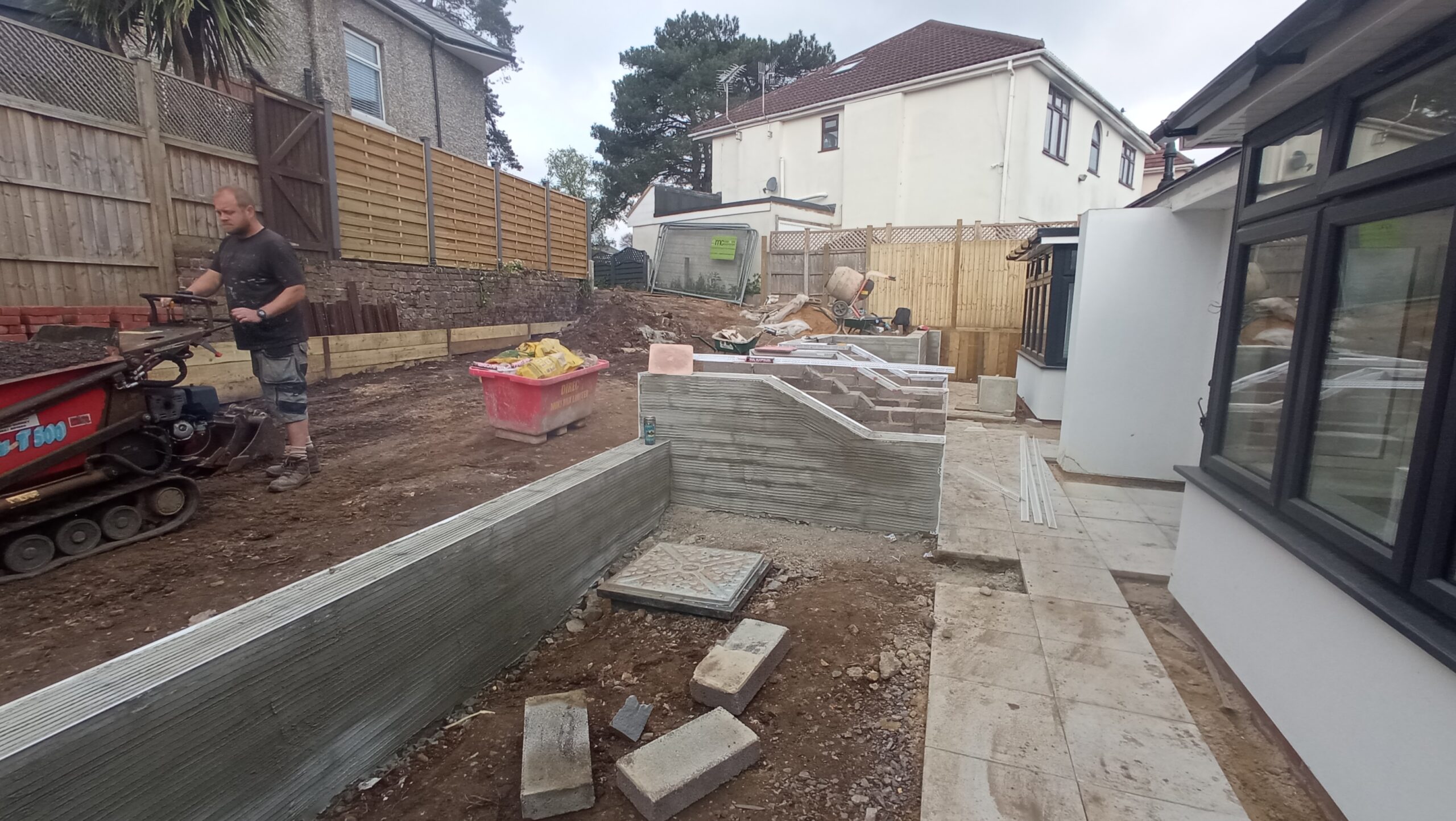When it comes to the final finish of your home—whether indoors or out—plastering and rendering play a crucial role. A smooth, professionally finished surface not only looks great but also protects the underlying structure. However, if the job is poorly done, the signs are often immediately visible—and sometimes costly to fix.
In this post, we’ll explore the key signs of bad plastering or rendering, why they occur, and what you can do about them.
1. Uneven Surfaces
One of the most common and noticeable signs of poor plastering or rendering is an uneven surface. This may present as:
- Lumps or bumps under the finish
- Wavy or rippled sections
- Dips in the surface when viewed from the side or under lighting
Why it happens:
- Inconsistent pressure during application
- Inadequate levelling tools or technique
- Rushed work without checking flatness
Why it matters:
Uneven walls are difficult to paint or tile over, and they can ruin the aesthetic of a room or façade. In some cases, light from windows or ceiling fixtures will highlight every imperfection.
2. Cracks or Bulging
Cracks in plaster or render are not only unsightly—they can also be a sign of deeper issues.
Common types of cracks:
- Hairline cracks: Thin, superficial cracks often due to shrinkage
- Settlement cracks: Caused by structural movement or poor base preparation
- Bulging: Plaster or render pushing outward, indicating detachment from the substrate
Causes:
- Inadequate surface preparation
- Incorrect mixing ratios
- Application in unsuitable weather (especially cold or humid conditions)
- Movement in the building’s structure
Consequences:
Cracks may let in moisture, leading to mould, damp, or more serious structural problems. Bulging render or plaster usually needs to be completely removed and redone.
3. Poor Adhesion
Another warning sign of bad plastering or rendering is poor adhesion—when the plaster or render does not properly bond with the wall surface.
How to spot it:
- Hollow sounds when tapping the wall
- Sections that peel, crumble, or fall away
- Bulging or sagging areas
Causes:
- Dust, grease, or moisture on the surface before application
- Lack of bonding agent or primer
- Applying over incompatible materials (e.g., wallpaper, flaking paint, or old render)
Why it’s a problem:
If the bond is weak, the plaster or render is likely to fail prematurely. Repairs often involve removing the loose areas, prepping the surface again, and reapplying from scratch.
4. Flaking or Peeling Paint
You might only notice a plastering or rendering problem after the paint starts to peel or flake. This is often the first clue that something underneath has gone wrong.
Causes:
- Painting before the plaster/render has fully dried
- Using non-breathable paint on a surface that still retains moisture
- Moisture ingress due to cracks or poor sealing
Why it matters:
Paint that flakes or bubbles is not just an aesthetic issue—it’s often a sign that water or air is trapped underneath. This can lead to further damage if not addressed quickly.
5. Visible Trowel Marks or Rough Patches
Professionally done plaster or render should have a smooth, consistent finish. If you can see trowel lines, swirls, or rough patches, it’s a strong indicator that the job was rushed or done by someone inexperienced.
Common signs:
- Over-troweled patches with a shiny glaze
- Scratchy, sandy textures
- Swirl marks from poor finishing techniques
Why it happens:
- Lack of skill or experience
- Inadequate timing during the setting process
- Using the wrong tools or applying too much pressure
What to do:
Minor imperfections can sometimes be sanded out or skimmed over. For more serious texture issues, a full re-skim may be required.
How to Avoid Bad Plastering or Rendering
Here are a few tips to ensure a quality finish:
- Choose a qualified, experienced contractor – Check reviews, ask for examples of past work, and confirm they’re insured.
- Inspect the work at different stages – Don’t wait until the end to raise concerns.
- Let the surface dry and cure properly – Rushing to paint or decorate can lead to problems later.
- Use the right materials for the environment – For example, breathable renders for older buildings or damp-prone areas.

Bad Plastering or Rendering
Bad plastering or rendering can be frustrating and costly to correct. From uneven surfaces to peeling paint and poor adhesion, the warning signs are often easy to spot if you know what to look for.
Whether you’re hiring a contractor or doing it yourself, take the time to ensure the preparation, application, and finishing stages are done properly. A good finish should look great, last for years, and protect your home from the elements.
